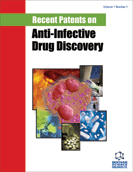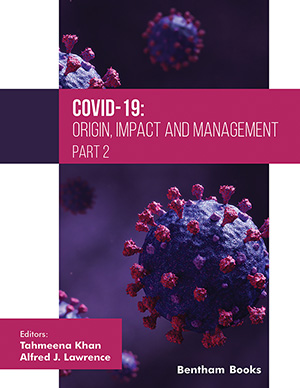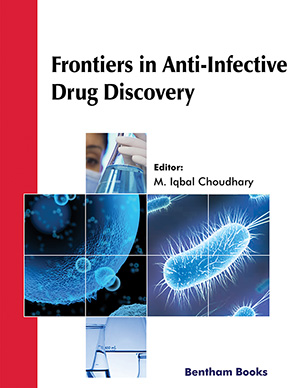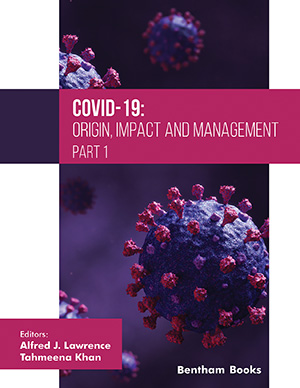Abstract
Background: Allium cepa has been in use in traditional medicine in the treatment of diabetes mellitus. The aqueous and ethanolic extracts have been found effective in lowering blood glucose levels in experimental diabetic rats and guinea pigs.
Methods: The study was carried out to isolate the active principle responsible for the observed hypoglycaemic effect in experimental animals. Freeze-dried aqueous extract of Allium cepa was separated into various fractions using column chromatography with silica gel as a stationary phase. The column was eluted with various ratios of mixtures of hexane, chloroform, ethyl acetate and methanol. These column fractions obtained were tested for hypoglycaemic effects in alloxan-induced diabetic male rats. The identified active fraction was further separated by means of preparative thin layer chromatography (P-TLC) using silica gel as stationary phase and mixture of solvents chloroform, ethyl acetate, and methanol in the ratio of 10: 4: 1 respectively as the mobile phase. Pre-coated P-TLC plates were used and the fraction bands were identified under u.v. lamp and by spraying with concentrated sulphuric acidvanillin reagent. The isolated bands (Rf 0.438) were scrapped off from the P-TLC plates, redissolved in absolute methanol, filtered and concentrated to dryness.
Results: The isolated compound’s structure was determined be means of one and two dimensional nuclear magnetic resonance spectroscopy as well as comparison with literature data. The isolated compound given at 25 mg/kg dose reduced blood glucose in diabetic rats in manner which was comparable to the effect obtained with 2 mg/kg of glibenclamide (p < 0.05). The structure of the compound was found to be that of kaempferol- 3-O- - D 6{P-coumaroyl} glucopyranoside.
Conclusion: The research findings have supported the claims that extracts of Allium cepa possess glucose lowering properties in experimental diabetic animals.
Keywords: Allium cepa, diabetes mellitus, hypoglycaemic effects, chromatography, spectroscopic methods, glibenclamide, kaempferol.
 45
45 4
4






















